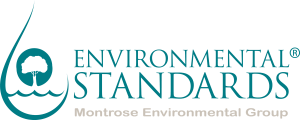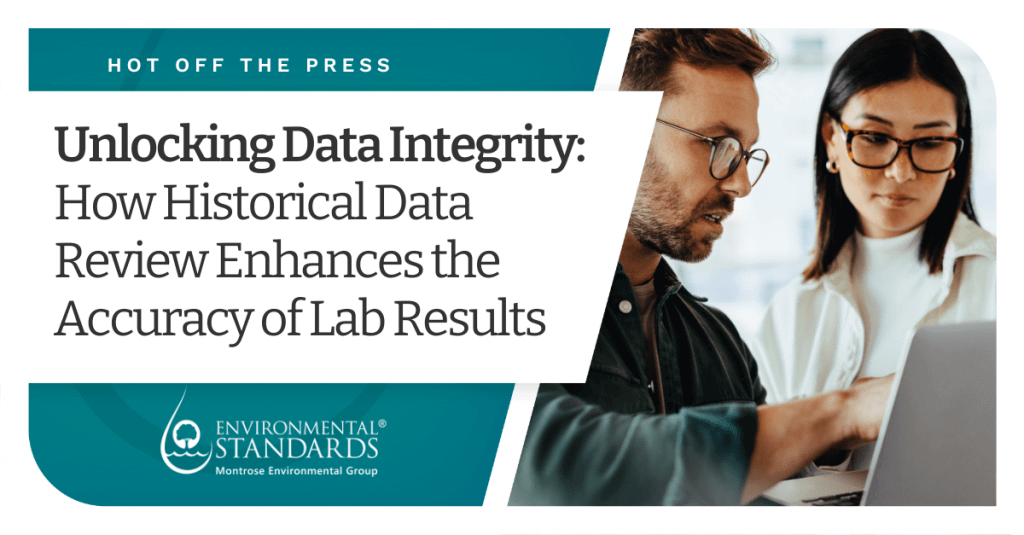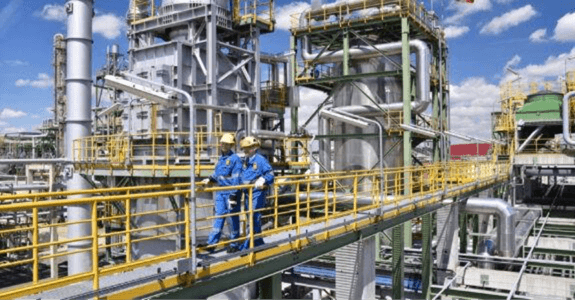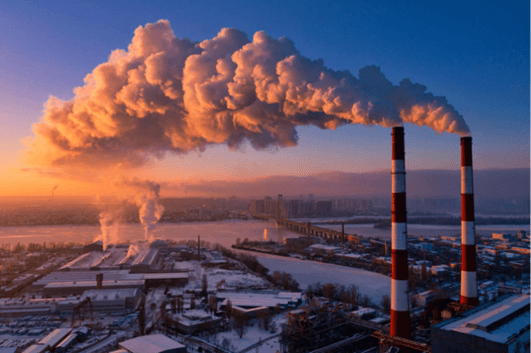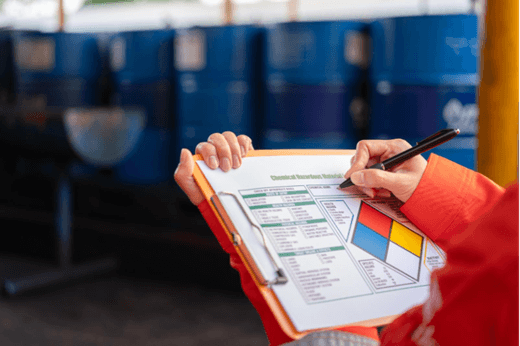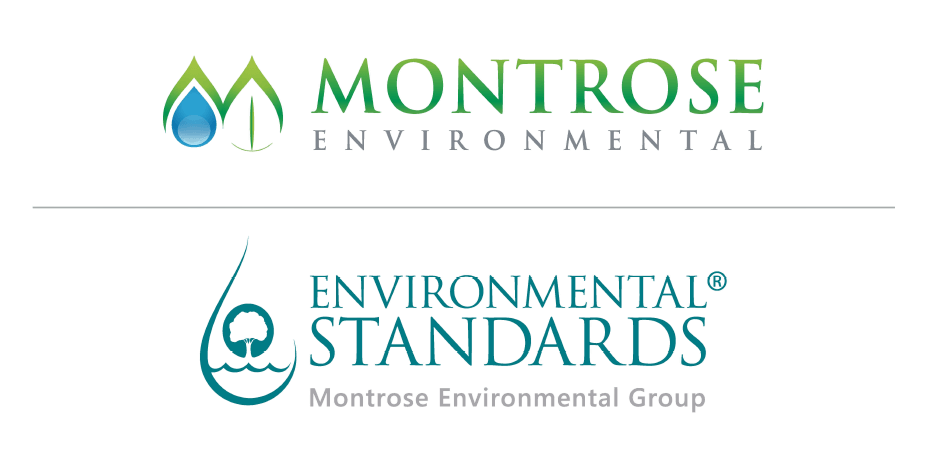
When an accredited environmental laboratory reports data, many people’s first instinct is to trust it completely. The laboratory adheres to requirements set by regulators and performs analytical testing according to relevant methods, federal and state regulations, and their own internal standard operating procedures (SOPs). So, what could go wrong?. . .
In today’s rapidly evolving environmental landscape, organizations grappling with emerging contaminants face a myriad of challenges related to public health and ecological integrity. From escalating regulatory pressures to growing consumer concerns, the stakes have never been higher . . .
Data validation is a crucial step in assessing dataset quality. Yet too often, it’s narrowly viewed as a box-checking exercise focused only on reviewing laboratory results. In reality, validation should encompass all data associated with the project . . .
In today’s high-risk operating environment, pipeline incidents can lead to significant financial, environmental, and reputational consequences. In 2024 alone, pipeline incidents cost the industry over $180 million, many of them preventable. Learn how operators are adopting Pipeline Safety Management Systems to strengthen safety and reduce risk…
When incidents occur in high-risk industries, they leave more than just reports and data. They raise important questions. What happened? Why did it happen? And how can we reduce the chance of it happening again? Too many investigations stop at compliance. . .
As regulatory scrutiny intensifies and residential developments continue to expand near industrial zones, operators of solid waste facilities, manufacturing plants, chemical facilities, and refineries face mounting legal risks. Learn more about the growing intersection of compliance, community engagement, and legal risk . . .
One of the most critical tools in ensuring operational safety in high-risk industries such as oil and gas, chemicals, pharmaceuticals, and manufacturing is a Process Hazard Analysis (PHA). Currently, PHAs are manual, team-driven processes which require significant time and labor investment. But the rapid advancement of artificial intelligence (AI) is providing a new method to transform how we approach hazard analysis. . .
